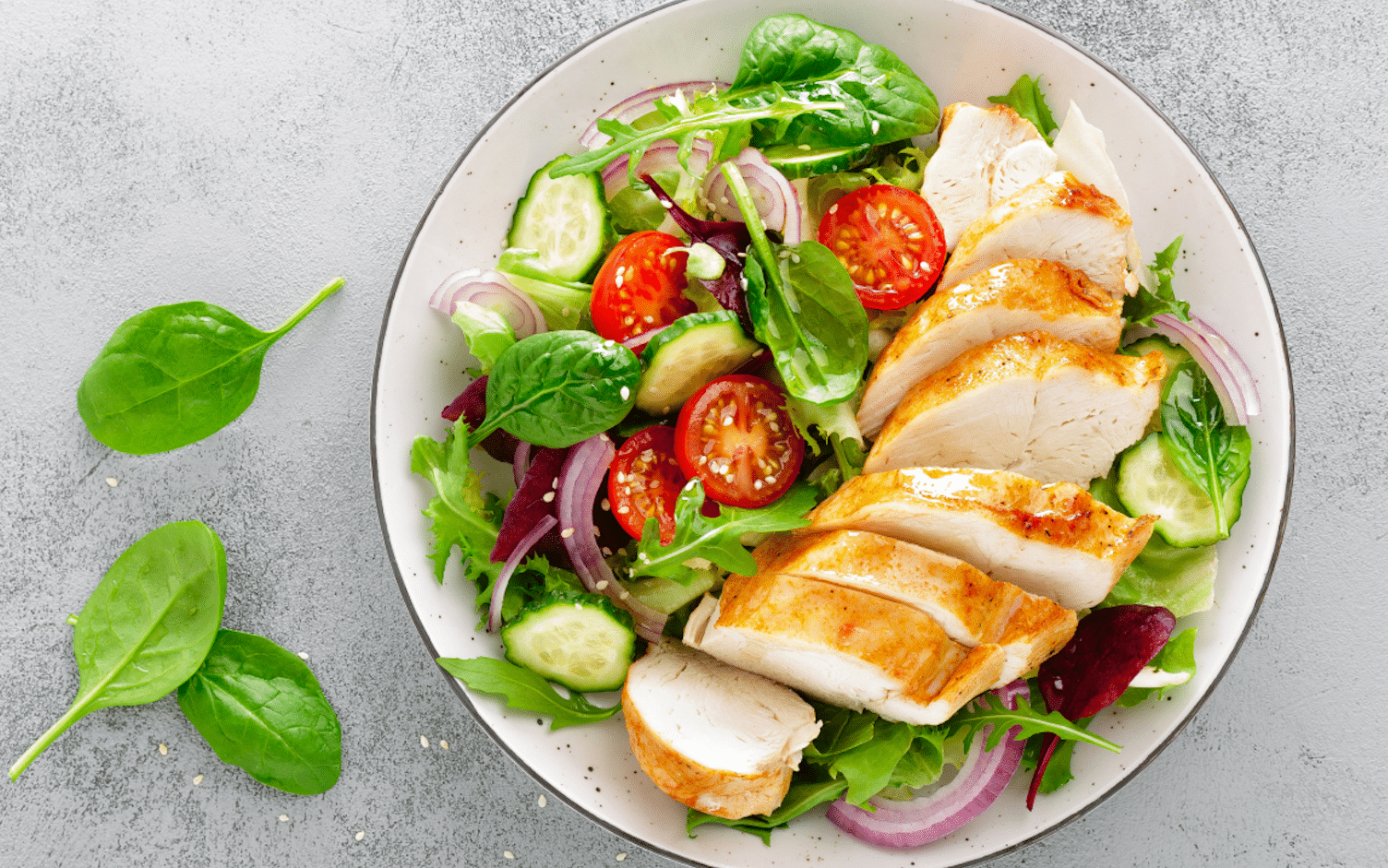A brisk walk can count toward the Centers for Disease Control and Prevention’s (CDC) recommended 150 minutes of moderate aerobic exercise a week and help you burn more calories. But beyond ballparking your speed — asking: Am I kind of breathless? Am I moving faster than a leisurely stroll? — how do you really know if you’re walking at what’s considered a ‘brisk’ pace?
Although the CDC says ‘brisk walking’ is movement that calls for heavy breathing, many times, exercise intensity is actually defined by more complicated figures such as how much oxygen we consume per kilogram of body weight per minute — a number that isn’t easily calculated by the average person, says Catrine Tudor-Locke, PhD, a walking behavior researcher at the University of Massachusetts Amherst.
THE LATEST RESEARCH
Tudor-Locke led a new review of research published in the BMJ that identified a more understandable threshold. After reviewing studies on the topic, researchers found that a cadence of about 100 steps a minute indicated a moderately intense brisk walk. “It’s a good way to communicate a general guideline,” Tudor-Locke says.
Of course, you don’t need to be at exactly 100 — some people might be at 96, others 103 — but just about 100 steps a minute constitutes a brisk walk, the research suggests. That figure holds regardless of age, fitness or athletic ability, she says.
HOW TO TRACK CADENCE
The next time you’re on a walk, take 15 seconds to mentally count how many steps you take, then multiply that number by 4 to get your step count per minute, says Tudor-Locke.
“Most people naturally walk at a higher rate than 100. It’s fairly easy to get to that value,” she adds. If you want to up your pace, more preliminary research suggests walking becomes “vigorous” around 130 steps a minute and jogging starts around 140 steps a minute, Tudor-Locke says.




